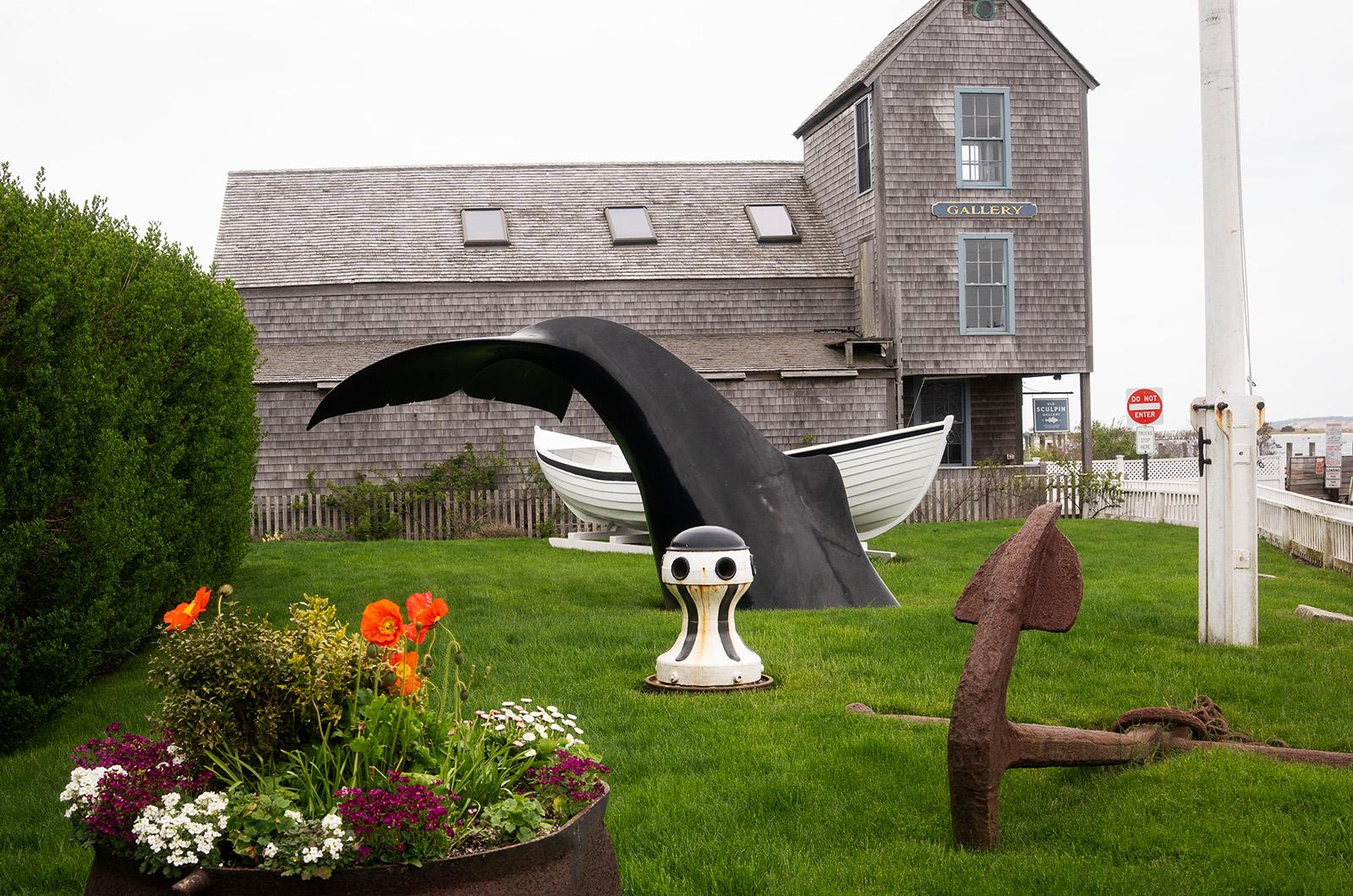Vineyard Chowder From the May 8, 1936 edition of the Vineyard Gazette:
One of the reasons for visiting the Island of Martha’s Vineyard is to discover Vineyard chowder. There is a story, handed down from the remote past, that a real clam chowder is the gift of Martha’s Vineyard to the rest of the world. But only on the Island can all the satisfaction of the original be enjoyed.
Chowder is made more than one way on the Island, and among the recipes is still the one employed by John Pease almost 300 years ago. For it was John Pease, tradition says, who introduced salt pork into the English or European mixture of boiled fish or clams, thus giving to the concoction a new and never to be forgotten flavor.
This particular Vineyard chowder, from which other recipes have been developed, requires one quarter pound of fat salt pork, diced fine; one large red onion, peeled and sliced and fried with the pork until a delicate brown in an iron pot.
The iron pot is important. Other cooking utensils simply will not do as well.
One quart of thinly sliced potatoes and one quart of clams, freshly opened, with their necks split, are added to the brew in the iron pot, with fresh water enough to cover the clams and potatoes. Small clams should be selected every time, and every bit of the clam juice or liquor must be used for the sake of the flavor.
The developing chowder should be boiled very slowly until the potatoes are done. Then the chowder is to be seasoned with salt and pepper and a piece of butter. The cook must be an artist. Then the chowder is taken of the fire and milk is stirred in to color and develop the chowder.
Since clams and potatoes are used in equal amount, it is certain that there will be clams in every plate of chowder served. Their abundance is one of the essentials of real clam chowder.
Vineyarders make and have always made many kinds of chowder besides clam. And men as well as women are among the famous chowder builders, for it is a saying on the Island that chowders must be built.
The tale of the twisted trees, a distinctive feature of the Vineyard landscape, is here retold for the ‘nth time. It is an old, old story to the majority of regular Gazette readers, but the host of new friends of the Vineyard who appear yearly, have a right to know the story of how they came to be that way, without the embroidery of fiction or surmise.
The twisted trees are found in several parts of the Island, but chiefly attract the attention along the state highway leading west from Vineyard Haven. They grow in fantastic shapes, Z’s and N’s or right angles being formed by their heavy trunks, with limbs pointing in various directions from the boles. They are rather startling in appearance at first sight, and many a correspondent or rambling writer has penned a fantastic line or two in explanation of what caused this odd and unnatural growth. Markers for ancient trails, the invention of some ancient who sold ship timber, these are two of the theories advanced.
But actually the trees are the remains of what were once called lop fences. Employed where there was a dearth of the natural Vineyard fencing material, stones for wall building, these trees were chopped half-way through, a few feet from the ground, and allowed to fall. A line of such trees, with the trunks still attached to the stumps, formed a barricade through which livestock could not make its way, nor jump across. Tangled limbs and crossing trunks, with the underbrush jammed and twisted beneath them, were capable of standing for years around the tilled fields or pasture lots, and in those sections where there was no stone or walls, lop fences were used by generations of Islanders.
As might be expected, the majority of
the trees died from such treatment, but there were occasional ones which lived in spite of it. Form the horizontal trunk arouse a sprouting limb, and the remainder of the trunk, including the tip extending beyond this sprout, would die and fall away. This left a Z-shaped tree growing from the original stump, with the gaping fracture made by the axe still showing plainly and the rotted remains of the original trunk projecting inches or even feet beyond the living part.
Such are the twisted trees, and such is their history. The use of lop fences has long since been discontinued. It is not impossible that there is still someone left who recalls a day when they were in use, but none is known. But the remains of the fences still line roadsides in various places and separate densely wooded lots in little-frequented places. And wherever they are found, they are a source of wonder to the stranger, who seldom fails to ask for information regarding them, and who is almost as sure to be misled by someone who has heard one of the distorted tales. Whether or not they were more common on the Vineyard than elsewhere, it seems that they must have remained longer here, to mark the progress of the early tiller of the soil, and to astonish his descendants with the results of his fence-building.
Compiled by Hilary Wallcox
library@vineyardgazette.com







Comments
Comment policy »